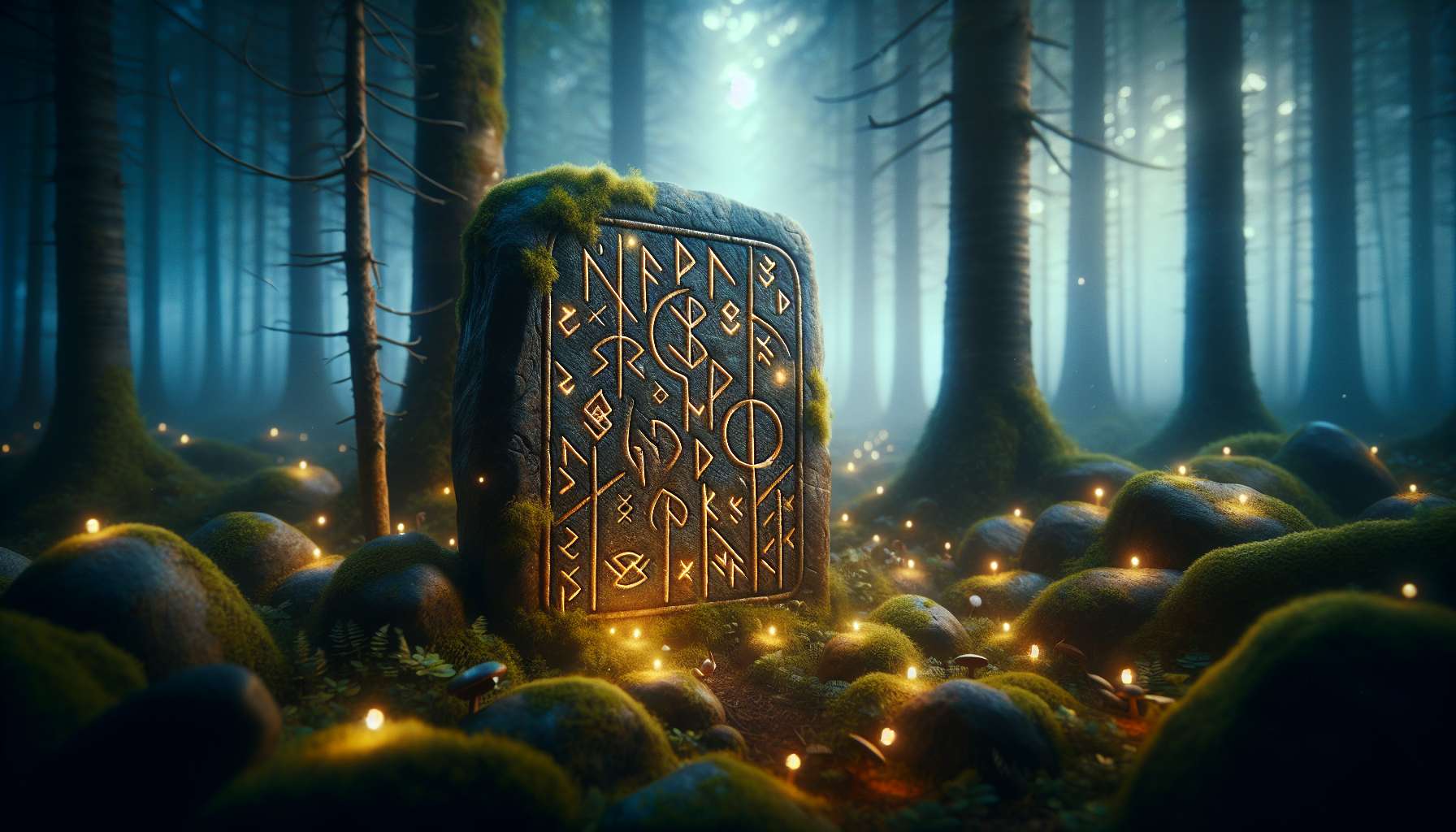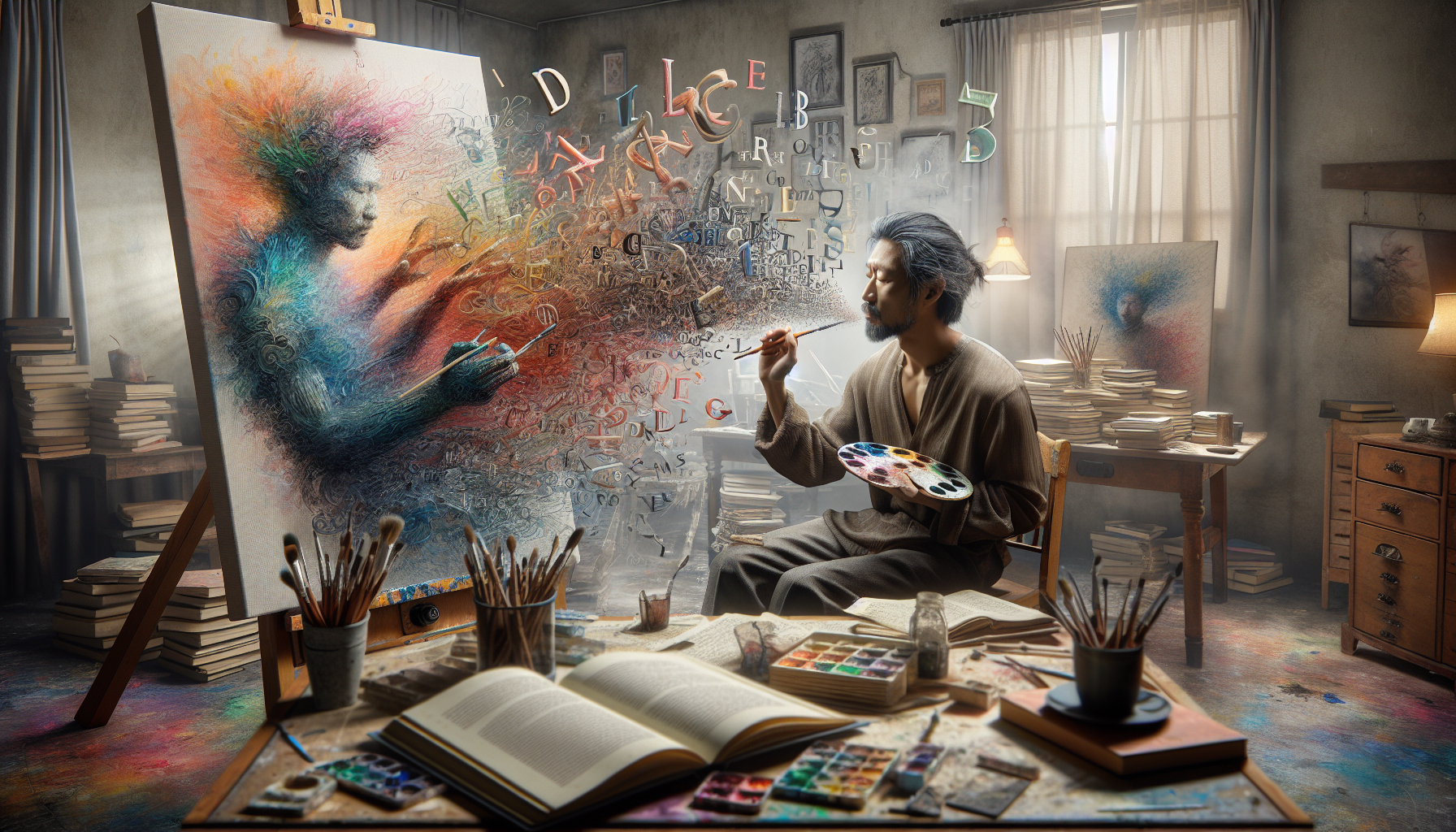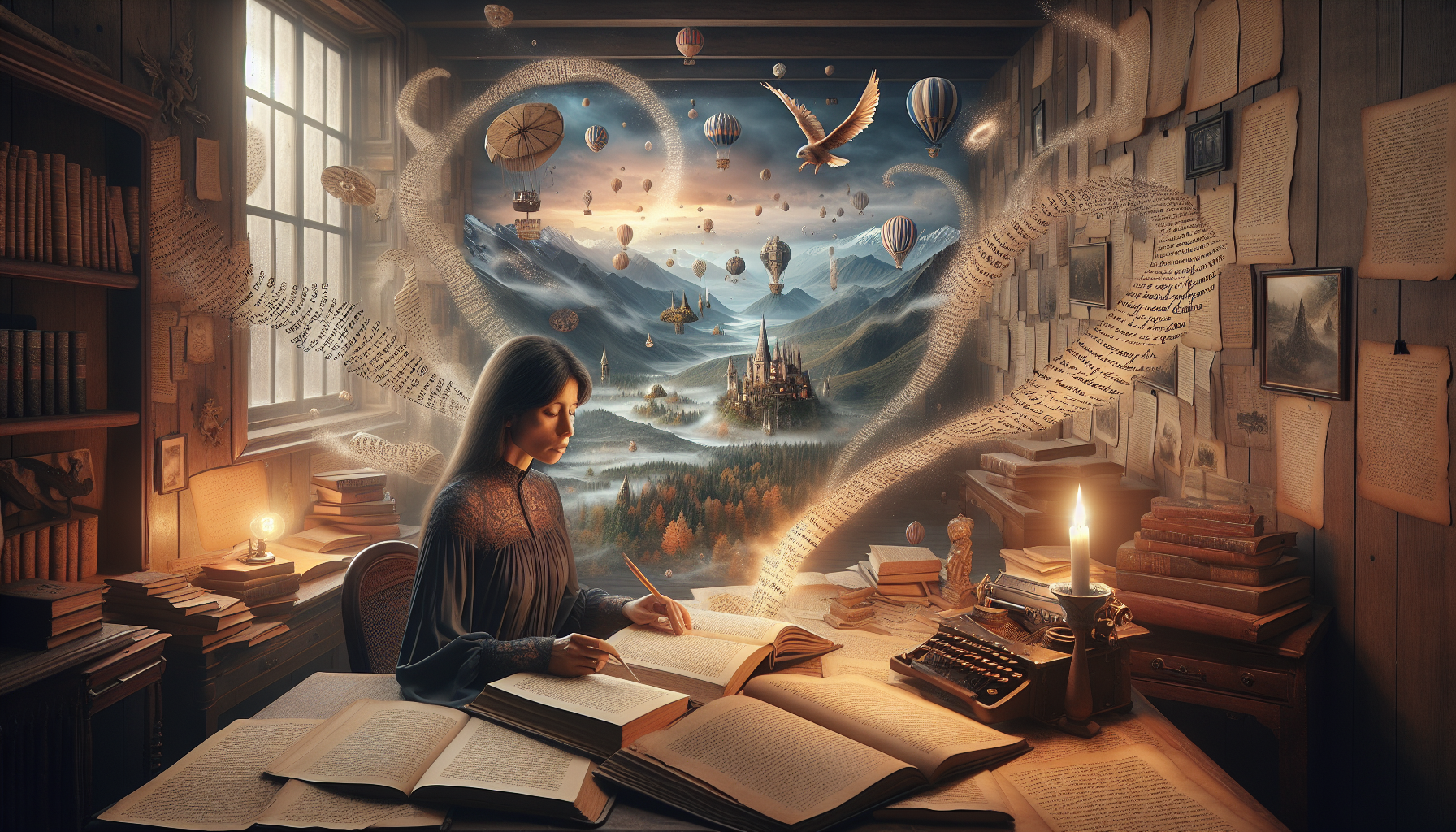In a world increasingly driven by technology and rapid change, there is a growing fascination with the mysteries of ancient cultures and their enigmatic symbols. Among these, the Norse runes stand out as particularly compelling, holding within their angular shapes a tapestry of history, mythology, and magic. These ancient symbols, used by the Vikings and other Germanic peoples, are more than mere letters; they are gateways to a deeper understanding of a world where the mundane and the mystical were intricately intertwined. As we embark on this journey to unravel the mystical meanings of Norse runes, prepare to be transported to a realm where each symbol is a story, each inscription a spell, and every interpretation a path to the past. 🌿
The allure of Norse runes lies not only in their visual simplicity but also in their complex significance. At first glance, they might appear as mere scratches on stone or wood, yet each rune is imbued with profound meaning, rooted in the rich tapestry of Norse mythology and cosmology. These symbols served as a means of communication, tools of divination, and keys to invoking the forces of nature. To the untrained eye, they are cryptic, but to those who delve deeper, they reveal a cosmos of gods, giants, and magical realms. This article will guide you through the fascinating history of the runes, from their origins in the mists of time to their role in the Viking Age, and their lasting impact on contemporary culture. 🌌
Our exploration will take us through several key aspects of Norse runes, starting with their origins and the mythological framework that supports them. We’ll delve into the intriguing story of how the god Odin, in his relentless quest for wisdom, sacrificed himself to gain the knowledge of the runes. This mythic backdrop provides a foundation for understanding how the runes were perceived not just as a writing system, but as sacred symbols with divine power. From there, we’ll move on to examine the Futhark—the runic alphabet itself—unpacking the meaning and magic associated with each symbol. Whether used in casting spells, carving talismans, or interpreting the future, each rune has a unique story to tell. 🔍
Finally, we’ll explore the modern revival of interest in Norse runes and their application in contemporary practices such as neopaganism and modern spirituality. We’ll look at how these ancient symbols are being reinterpreted today, serving as tools for personal growth, meditation, and connection with nature. Through interviews with rune enthusiasts and experts, we’ll gain insight into why these symbols continue to captivate the imagination and how they can be used as a bridge to our own inner wisdom. By the end of this journey, you’ll have not only a greater appreciation for the rich legacy of Norse runes but also an understanding of how they can enhance your own life with their ancient magic and symbolism. ✨
The Origin and Historical Context of Norse Runes
The Norse runes are an ancient script with roots deeply embedded in the early Germanic cultures of Northern Europe. Their origin is shrouded in mystery, intertwined with mythology, and imbued with profound spiritual significance. Originating around the 1st century AD, runes served not just as a writing system but also as a powerful tool for divination and magic. As we unravel the mystical meanings of these symbols, it is essential to delve into the historical context that gave rise to their creation and use.
The runic alphabet, known as the Futhark, underwent several transformations over the centuries. The earliest form, the Elder Futhark, consisted of 24 characters and was used from approximately 150 to 800 AD. As Norse tribes migrated and cultures evolved, the runic script also adapted, leading to variations such as the Younger Futhark and the Anglo-Saxon Futhorc. Each of these adaptations reflects shifts in language, culture, and societal needs. The runes were more than mere letters; they encapsulated sounds and meanings that resonated with the worldview of the Norse people.
The Symbolic Meanings of Key Norse Runes
To truly grasp the power of Norse runes, one must explore the intricate symbolism each rune embodies. The Elder Futhark, with its 24 characters, forms the foundation of runic knowledge. Each rune carries a specific meaning, often associated with natural elements, deities, or aspects of life. By understanding these symbols, we can begin to unlock the ancient wisdom embedded within them.
- Fehu (ᚠ): Representing wealth and prosperity, Fehu is associated with cattle, a symbol of abundance in agrarian societies. This rune embodies the concepts of fertility, success, and material gain.
- Uruz (ᚢ): Uruz signifies strength and vitality, often linked to the wild aurochs, a now-extinct species of cattle. It symbolizes physical health, courage, and the untamed forces of nature.
- Thurisaz (ᚦ): This rune is associated with giants (Thurses) and Thor, the thunder god. It represents conflict, protection, and the power of resistance against adversities.
For a deeper exploration of these meanings, watch the video below: “Norse Runes Explained: The Elder Futhark and Its Meanings” – Esoterica.
Comparative Table of Rune Meanings
Here’s a comparative table highlighting the meanings of select runes:
| Rune | Symbol | Meaning |
|---|---|---|
| Fehu | ᚠ | Wealth, prosperity, fertility |
| Uruz | ᚢ | Strength, health, vitality |
| Thurisaz | ᚦ | Conflict, protection, resistance |
Runes in Norse Mythology and Magic
In Norse mythology, runes hold a revered place as symbols of divine knowledge and power. The god Odin is credited with discovering runes through an act of profound sacrifice. According to the Poetic Edda, Odin hung from the World Tree, Yggdrasil, for nine days and nights, pierced by his own spear, to gain the wisdom of the runes. This myth underscores the belief that runes are not just human inventions but gifts from the divine, imbued with cosmic significance.
The magical applications of runes are vast and varied. Runes were often used in rituals and spells, inscribed on objects to invoke specific energies or outcomes. Each rune’s inherent power could be harnessed to influence love, protection, healing, or prosperity. Runic magic was not just about individual symbols but also their combinations, which could create complex and potent magical formulas.
The Role of Runes in Modern Spiritual Practices
Today, runes continue to captivate those interested in spirituality and ancient wisdom. They are often used in modern neo-pagan and esoteric practices, where they serve as tools for meditation, self-reflection, and personal growth. The timeless appeal of runes lies in their ability to convey complex ideas and emotions through simple yet powerful symbols.
Many people incorporate runes into their daily spiritual routines, using them for guidance and insight. Whether through crafting rune sets, creating talismans, or performing runecasting sessions, individuals seek to connect with the ancient energies embodied by these symbols. The enduring popularity of runes highlights their relevance in a world still yearning for meaning and connection to the mystical.
For a visual exploration of runic practices, consider watching: “How to Read Runes: A Beginner’s Guide to Norse Divination” – Pagan Pathways.
The Influence of Norse Runes on Modern Culture
The impact of Norse runes extends beyond their historical and spiritual significance; they have also left an indelible mark on modern culture. From literature to film, runes have inspired countless creative works that draw upon their rich symbolism and enigmatic allure. This cultural influence can be seen in various forms, illustrating the timeless fascination with these ancient symbols.
In literature, runes often appear in fantasy novels and stories set in worlds reminiscent of Norse mythology. Authors such as J.R.R. Tolkien and Neil Gaiman have woven runic elements into their narratives, adding layers of mystique and authenticity. Tolkien, in particular, was known for his scholarly interest in runes, incorporating them into his fictional universe of Middle-earth. The use of runes in literature not only enriches storytelling but also introduces readers to the profound cultural heritage of the Norse people.
The presence of runes in popular media extends to films and television shows that explore Norse myths and Viking history. Movies like “Thor” and series such as “Vikings” and “The Last Kingdom” feature runic symbols, paying homage to their historical roots while captivating audiences with their visual and narrative appeal. This representation in mainstream media has helped popularize runes, sparking renewed interest in their meanings and significance.
The Commercialization of Runes in Fashion and Design
Beyond entertainment, runes have also found their way into the realms of fashion and design. Their distinct shapes and meanings make them appealing motifs for jewelry, clothing, and tattoos. Many people choose runes for personal adornment, drawn to their aesthetic beauty and symbolic depth. Whether as a pendant, a ring, or a tattoo, runes serve as a means of personal expression, allowing individuals to carry the ancient magic of these symbols with them.
However, the commercialization of runes raises questions about cultural appropriation and the respectful use of sacred symbols. While their widespread popularity can be seen as a testament to their enduring relevance, it also underscores the importance of understanding and honoring the cultural context from which they originate. As with any cultural artifact, the use of runes should be approached with knowledge, respect, and sensitivity to their historical and spiritual significance.
In summary, Norse runes continue to enchant and inspire, bridging the gap between ancient traditions and modern expressions. Their mystical meanings and powerful symbolism offer a window into the world of the Norse people, inviting us to explore the depths of their ancient magic. As we engage with these symbols, whether through study, art, or personal practice, we connect with a timeless legacy that transcends the ages.

Conclusion
Unraveling the mystical meanings of Norse runes is akin to embarking on a journey through time, exploring the profound depths of a civilization that was deeply connected with nature, spirituality, and the cosmos. Throughout this article, we have delved into the historical context of these ancient symbols, their significance in Norse culture, and their continuing influence in modern times. Let us now recap the essential insights we’ve gathered and reflect on the timeless allure of these powerful symbols.
Norse runes, a set of characters used in various alphabets across Northern Europe, served not only as tools for communication but also as vessels of magical and symbolic meaning. Each rune carries with it a story, a piece of wisdom, and an aspect of the worldview of the Vikings and other Norse peoples. The runes were often carved into stones, weapons, and amulets, believed to imbue these objects with protective and prophetic powers.
One of the key points we explored was the origin and evolution of the runic alphabets, notably the Elder Futhark, Younger Futhark, and the Anglo-Saxon Futhorc. The Elder Futhark, the oldest of these, consists of 24 runes and is the most widely studied. It was during this segment that we uncovered how the transition from the Elder to the Younger Futhark coincided with significant cultural and societal changes, reflecting the adaptability and resilience of the Norse people.
Our exploration also took us through the individual meanings of specific runes, such as Fehu, symbolizing wealth and prosperity, and Algiz, representing protection and defense. Each rune encapsulates a distinct concept or force, often connected to Norse mythology and deities. For instance, the rune Ansuz is linked to Odin, the chief of the gods, embodying wisdom and communication. These connections to myth and legend reveal the deep spiritual and cultural roots of the runes, showcasing their role in the Norse understanding of the universe.
Furthermore, we examined the practical applications of runes in the past and present. Historically, runes were used in divination, as well as in creating talismans and casting spells. Today, runes continue to captivate the imagination of many who seek to harness their mystical properties for guidance, meditation, and personal growth. The resurgence of interest in runes is a testament to their enduring relevance and the human quest for meaning beyond the tangible world.
The symbolic richness of the runes also extends to their visual representation, where the geometric simplicity belies a complex web of interpretations. This aspect of runes has inspired artists and writers, serving as a source of creativity and inspiration across various mediums. Whether in literature, visual arts, or music, the runes provide a bridge between the ancient and the contemporary, allowing us to draw from the wisdom of the past to enrich our present.
As we conclude our exploration, it is crucial to recognize the significance of preserving and respecting the cultural heritage embodied by the Norse runes. These symbols are not merely relics of a bygone era but are part of a living tradition that continues to evolve. They remind us of the interconnectedness of language, culture, and spirituality, urging us to appreciate the diverse tapestry of human experience.
The study of Norse runes offers a unique opportunity to engage with a rich cultural legacy and invites us to reflect on our own connections to history and heritage. By understanding the meanings and stories behind these ancient symbols, we can gain insight into the values and beliefs that shaped the Norse world and continue to resonate today.
We encourage you, dear reader, to delve deeper into the mystical world of runes and explore their meanings for yourself. Whether you are drawn to their historical significance, their spiritual symbolism, or their artistic beauty, there is much to discover and learn. Engage with this ancient magic, share your insights, and apply what you have learned in ways that enrich your life and the lives of those around you.
To further your journey into the world of Norse runes, consider visiting reputable resources and communities dedicated to this fascinating subject. Websites such as the University of Iceland’s Runology Project or the Norse Mythology Blog offer valuable insights and ongoing research into the history and significance of runes.
As we draw this exploration to a close, may the runes guide you on your path, illuminate your understanding, and inspire you to connect with the ancient wisdom they hold. Embrace the journey with an open mind and heart, and let the runes reveal their magic to you. 🪄
Feel free to share this article with others who might find joy and inspiration in the mystique of Norse runes. Comment below with your thoughts, insights, or personal experiences with these symbols, and let’s continue the conversation about their enduring magic and significance. 🌟
Toni Santos is a visual cryptographer and artisan, weaving hidden meaning into every line, curve, and composition. His creations delve into the mysterious world of secret codes, symbolic alphabets, and invented languages, transforming visual art into a rich tapestry of communication beyond words.
Guided by a lifelong fascination with hidden knowledge and the power of symbols, Toni explores how meaning can be embedded, concealed, and rediscovered. From constructed glyphs to encoded illustrations, each piece he creates serves as a portal to a deeper layer of understanding — one that invites curiosity, interpretation, and wonder. His work bridges the intuitive with the intellectual, the mystical with the methodical.
With roots in handcrafted artistry and a background in visual semiotics, Toni fuses form and function to create works that whisper rather than shout. These are not just images — they are visual riddles, poetic encryptions, and artifacts of a language yet to be spoken.
As the creative mind behind Vizovex, Toni offers a space where art meets encryption, and viewers are invited to decode, reflect, and engage. Through symbolic design, visual lexicons, and explorations into constructed languages, he builds a universe where meaning is layered, intentional, and always slightly out of reach — waiting to be discovered.
His work is a tribute to:
The unseen languages that shape our perception
The art of hidden messages and symbolic systems
The thrill of decoding and the beauty of mystery
Whether you’re a language lover, a codebreaker at heart, or someone drawn to the enigmatic, Toni invites you to explore a world where expression transcends convention — one glyph, one message, one mystery at a time.





